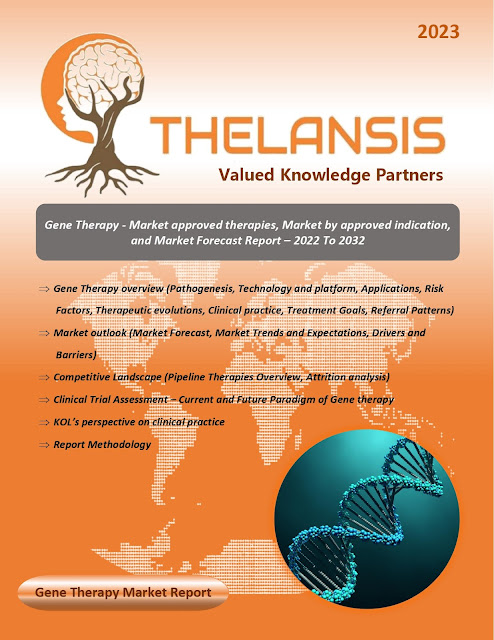Testicular Cancer – Market Outlook, Epidemiology, Competitive Landscape, and Market Forecast Report – 2022 To 2032
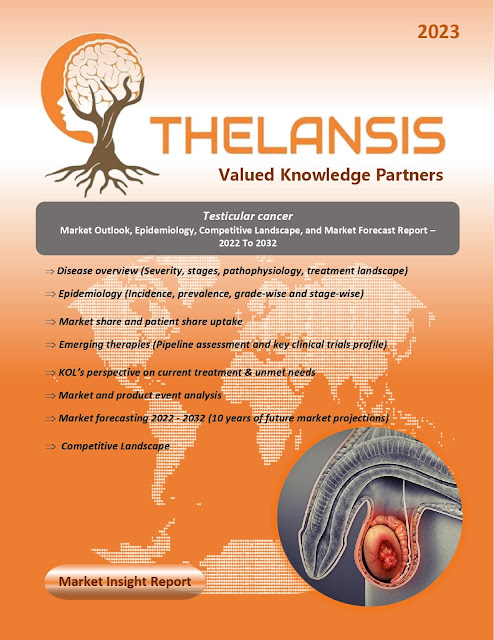
Testicular cancer, which primarily affects men between the ages of 15 and 45, is the most prevalent form of malignancy within this age group. When promptly identified and treated using a multimodal approach, it represents one of the most frequently curable types of cancer. Testicular cancer comprises approximately 1% of male tumors and 5% of urological malignancies. Epidemiological risk factors include cryptorchidism (undescended testicles), impaired spermatogenesis leading to sub- or infertility, disorders of sexual development, a family history of testicular tumors among first-degree relatives, and the presence of a contralateral tumor or germ-cell neoplasia in-situ (GCNIS). Genetic alterations have been identified as significant risk factors in the etiology of testicular cancer. The presence of the isochromosome of the short arm of chromosome 12 (i12p) is a characteristic feature of all types of adult germ cell tumors (GCTs) and GCNIS. Approximately 66% of GCNIS cases exhibit a...
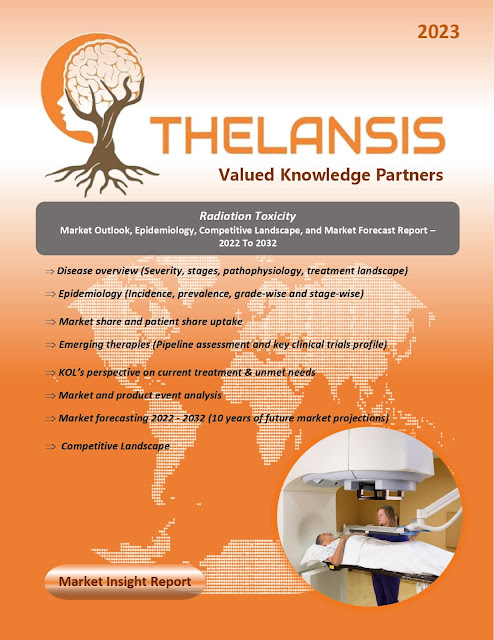
_page-0001.jpg)
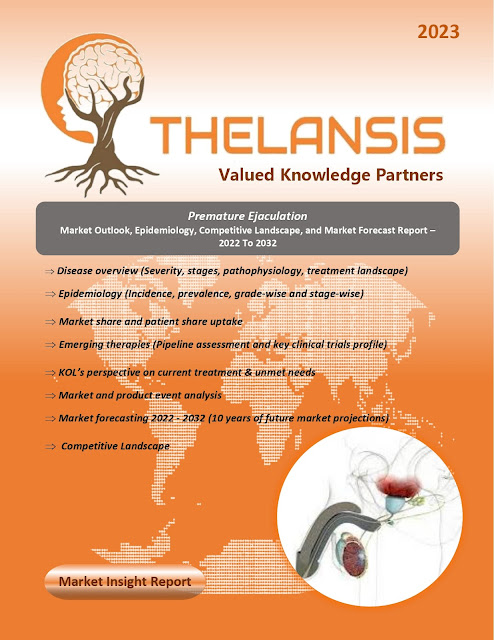

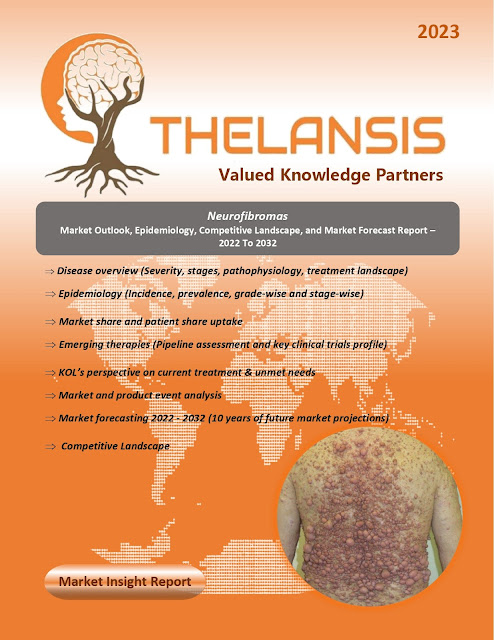
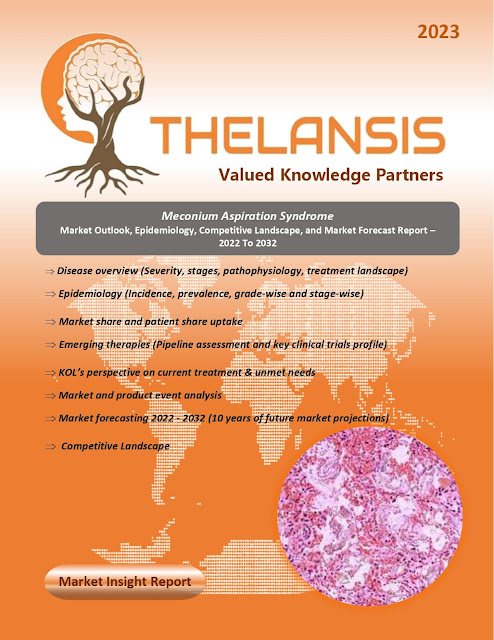


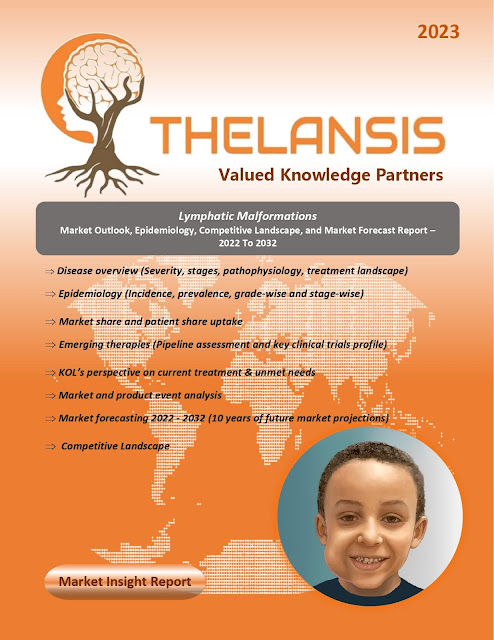
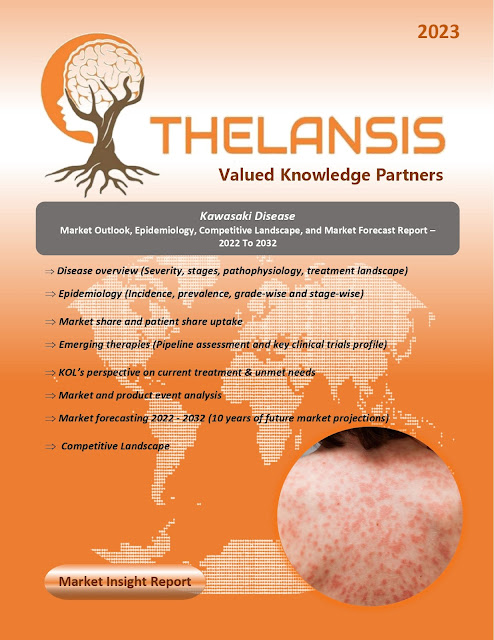
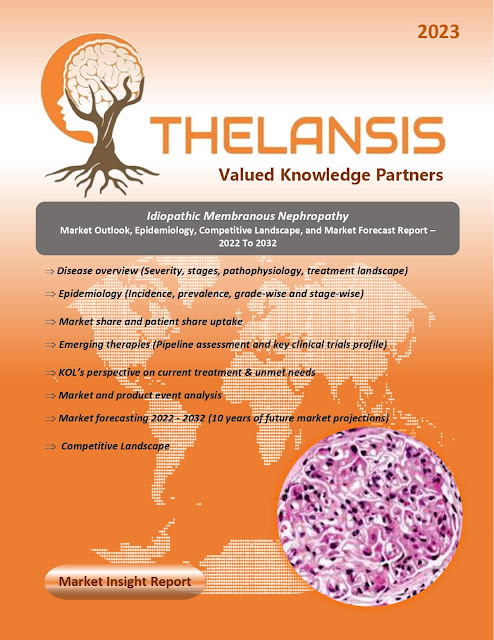

-1.jpg)
